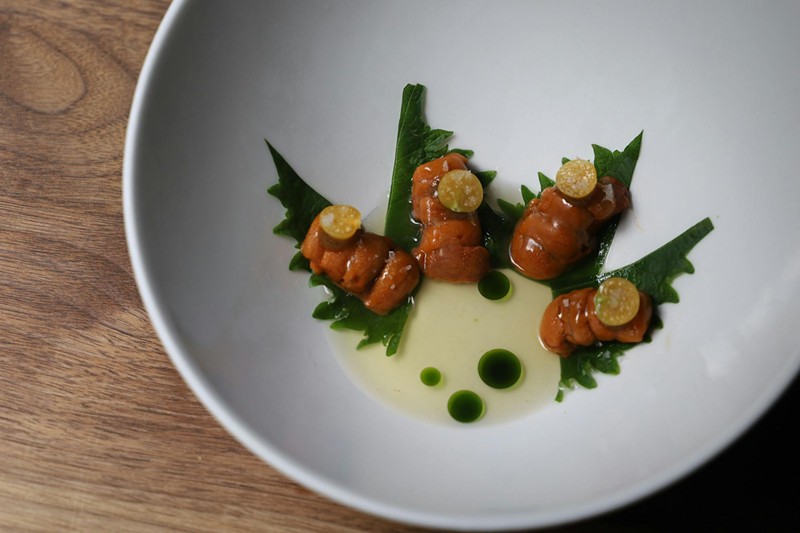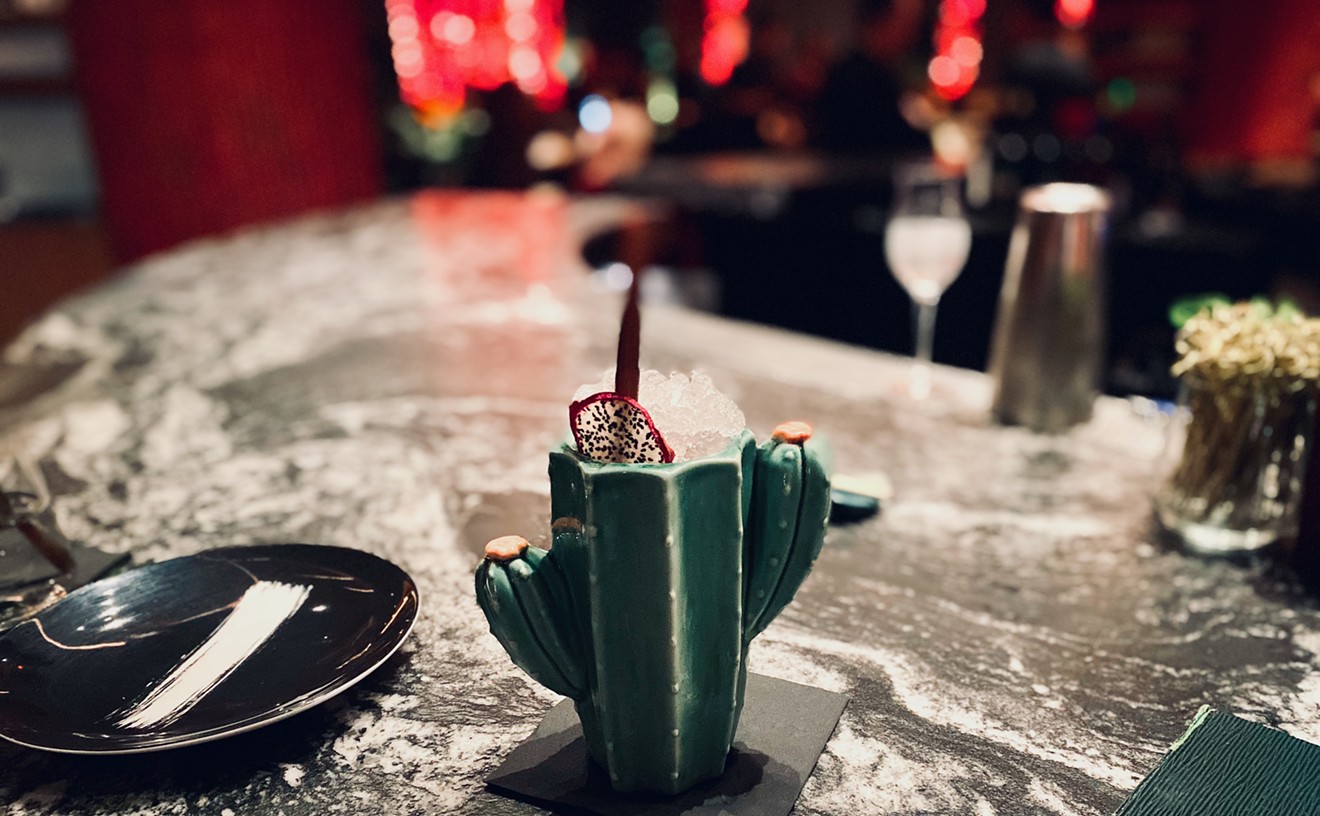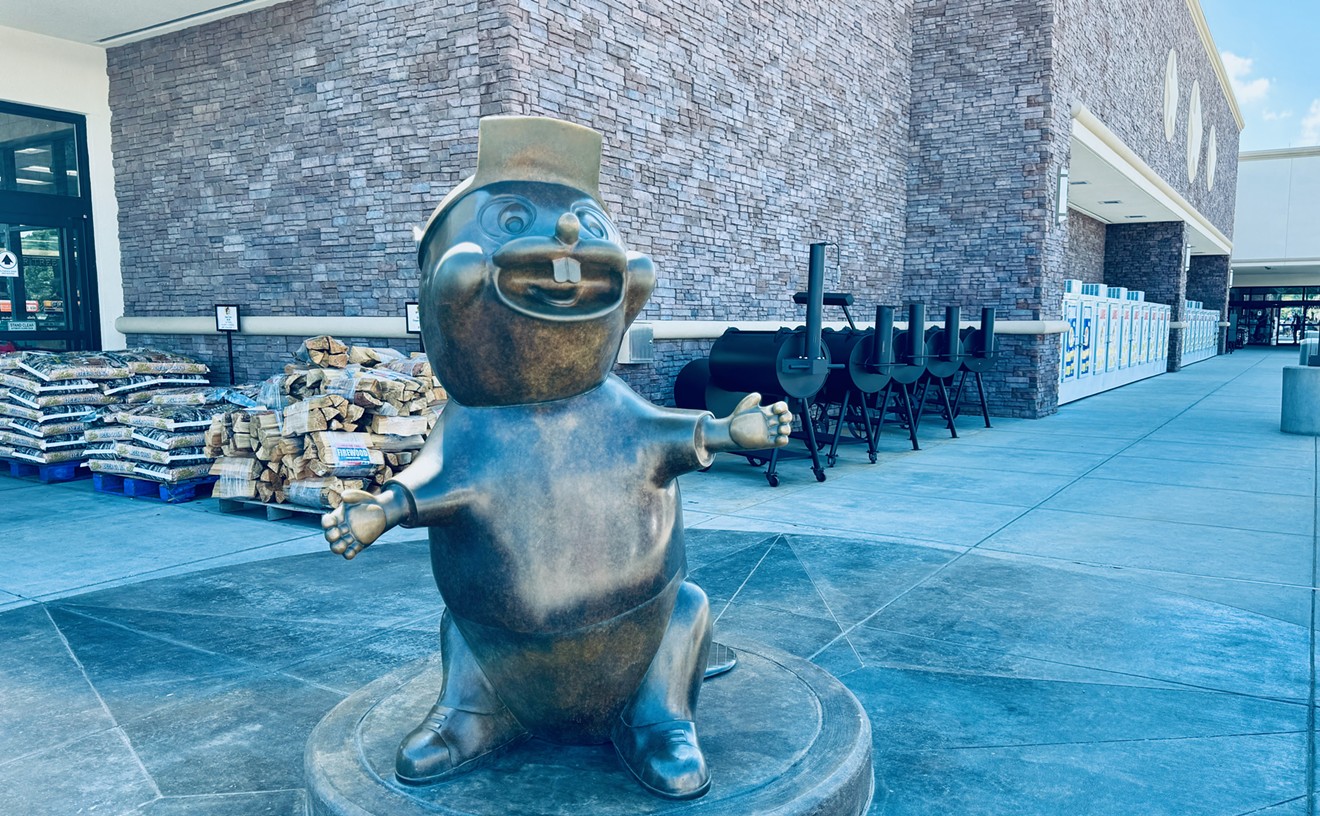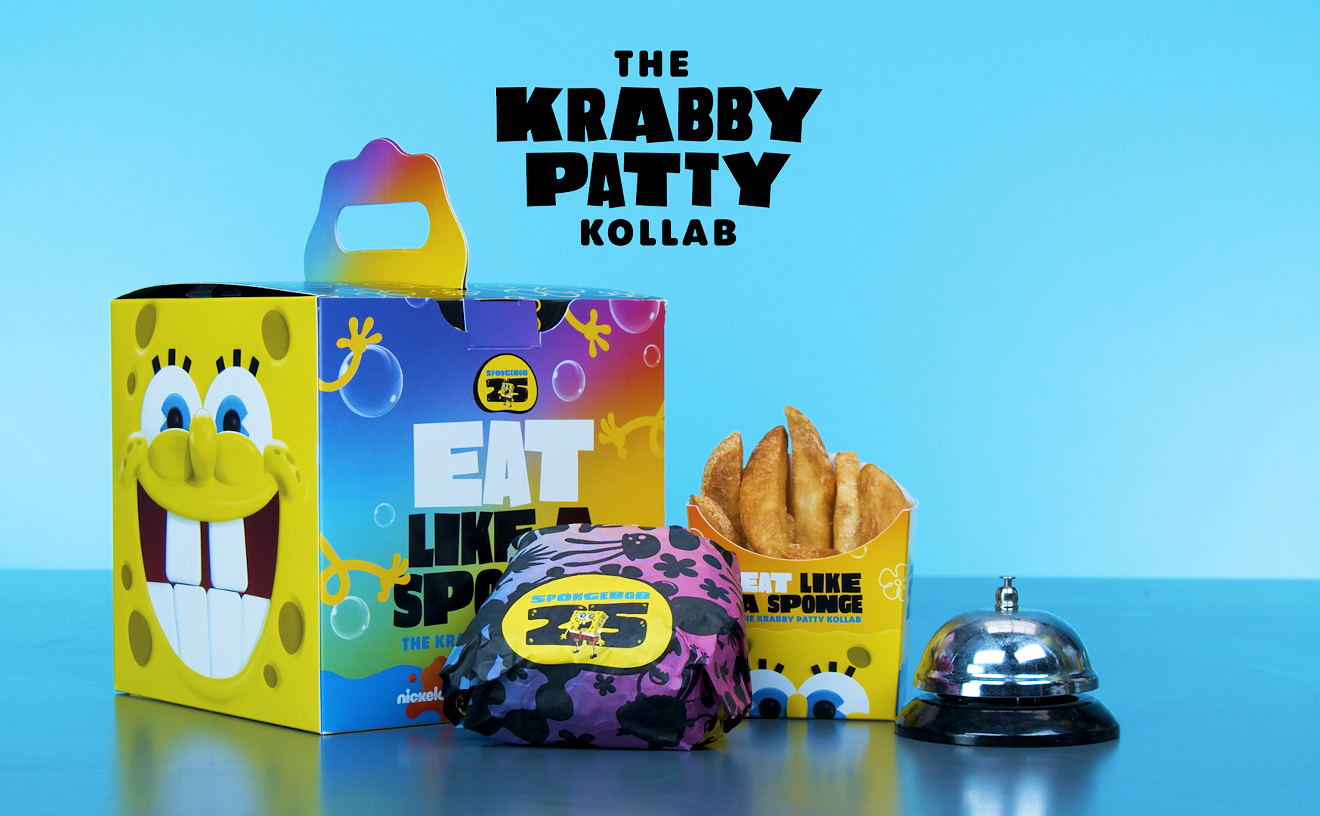“There are many people who are initially put off by that,” says Hee Tae, the head chef at Uchi, a Japanese restaurant in Uptown Dallas. “They’re like, ‘What?’”
If you can look past that (and we implore you to try), you’re in for a treat. Uni, as it's known in the culinary world, is considered a delicacy and can be prepared a number of different ways.
“When it comes to pairing uni, I am biased since I grew up enjoying it as sushi,” says Shine Tamaoki, chef and co-founder of Pearl Sushi in Knox-Henderson. He grew up in Japan and was the sushi chef at Nobu Dallas for seven years. “We use uni in many applications, mostly as nigiri sushi – uni with wasabi on top of sushi rice, wrapped in nori seaweed and dipped in soy. Some enjoy it as sashimi, just the pure uni itself. Uni tempura is also delicious. I enjoy mine with salt.”
The quality of uni depends on a number of factors – the type of sea urchin, the region it came from and even the kind of kelp it ate.
One factor that surprised us (but seems obvious in hindsight) is the sex of the sea urchin.
“The female uni has a light-yellow color to orange and the male is orange to darker red-brown,” says Tamaoki. “Female uni is prized over the male since the color is more beautiful.”
What fresh uni will have in common, however, is buttery, salty and umami flavors with a creamy texture.
Uni on the Move
The best uni is harvested before “spawning season,” which is around January in Japan and during the summer in California. Uni is available regardless of season, but the time of year can affect the state it’s delivered in.“Depending on the season and price, along with great vendors, we can sometimes get the whole uni in the restaurant,” Tamaoki says. “Most uni comes on a tray, they are already cleaned and sorted based on their quality. [...] Ensui uni comes in a saltwater container. These are one of my favorites since it is the closest thing to cracking one open and eating it.”
Chefs source uni from all around the world, from Maine to Chile, but many agree that the best of the best comes from off the coast of Hokkaido.
“Most of my uni is from Toyosu Market in Japan," says Tamaokij "The consistency of bafun or murasaki uni from Hokkaido is unmatched. When in season, I'll order from Santa Barbara and Maine as well. I've also had the opportunity to try uni from Mexico and Chile.”
Hokkaido’s uni has the urchins’ rich diet to thank for its superior flavor.
“Ninety percent of that ocean is kelp,” Tae explains. “That’s why, typically, the uni from Hokkaido is really, really creamy, sweet and buttery. And I think that's why depending on what kind of uni it is, some people pay a lot more money.”
Hokkaido uni can cost hundreds of dollars per tray, not just because of the quality. Harvesting and transporting uni, especially from Japan to landlocked regions like North Texas, is a painstaking process.
“The labor that goes into uni is intense,” says Tamaoki. “Uni is hand-picked by divers, and cleaning the uni is the hardest part since they are so delicate. [...] After sorting and packing, temperature and humidity control is key to maintaining the best quality. A lot of work goes into the small wooden trays of Uni we see at sushi restaurants. Makes sense why the prices are high.”
Tae doesn’t consider his uni dishes to be at any kind of disadvantage, geographic or otherwise.
“I always tell my rep a certain type of uni that I want, and they always get it for us,” he says. “And we have a lot of people coming from New York, California and Miami and stuff. And they eat our sushi, and they're like, ‘Oh, wow. [...] I didn't expect it to be this good for a landlocked state.’”
Tamaoki credits great relationships with vendors and Pearl’s proximity to an international airport with easing the transportation process.
“Weather and storms in Japan, holidays and plane delays all affect getting uni,” he says. “Number one is maintaining great relationships with the vendors and communicating. [...] It’s based on trust.”













